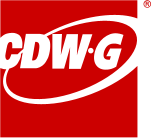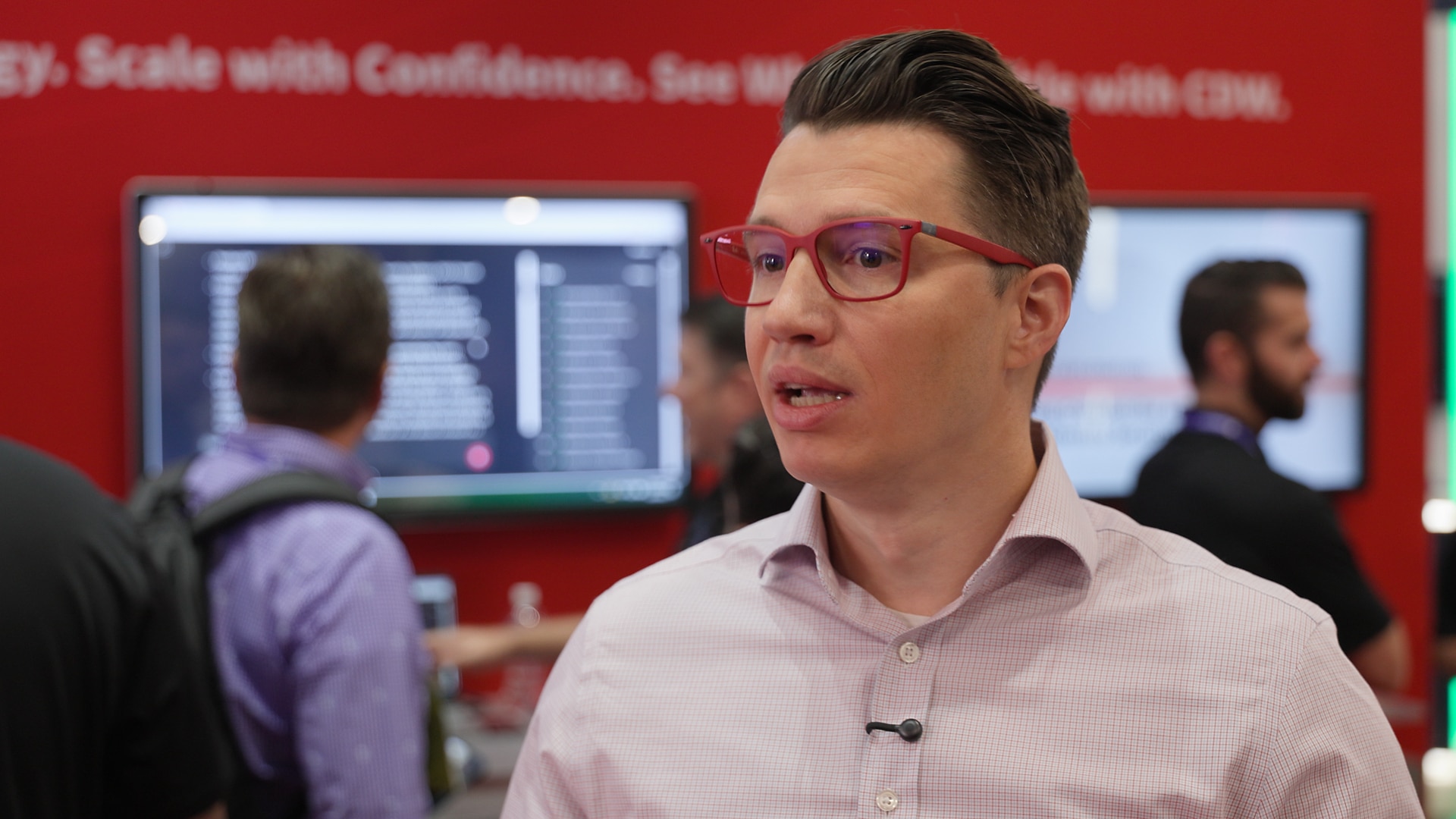Research Everything IT
RECENTLY ADDED
Read the Latest in the Research Hub
TRENDING
What Other IT Pros are Researching
View All

Sep 16, 2022
Networking
Why You Should Consider an Upgrade to Wi-Fi 6 or 6e
article
3 min
A wireless upgrade can help organizations meet users’ growing demand for connectivity.


Oct 03, 2022
Security
Don't Get Hooked: Avoid Becoming the Bait of a Phishing Email
article
3 min
Take a look at this infographic to learn what to look out for in a suspicious email.


Sep 23, 2022
Digital Workspace
Conversation Design Puts AI One Step Closer to Humans
article
4 min
Conversation interfaces can enable customer interaction with automated systems more naturally.


Sep 09, 2022
Cloud
When a DDoS attack comes, defend your applications with an AWS firewall
article
3 min
CDW Managed Services for AWS protects customer web applications using AWS WAF Security Automations.
SECURITY
Create a Secure Digital Environment
Helping to protect you—and your end users—from security breaches.
Collaboration
A Digital Workspace for New Ways of Working
View All

Aug 06, 2025
Digital Workspace
How Ambient Voice Tech is Revolutionizing Healthcare
Article
4 min
Discover how ambient voice technology (AVT) is transforming healthcare. Enhance patient care, reduce clinician burnout, and improve efficiency with AI-driven, real-time solutions shaping the future of medical services.


Jul 29, 2025
Digital Workspace
From Chaos to Clarity: Designing Equitable Experiences for Employees
Article
4 min
Creating an equitable digital experience for all employees is pivotal. By aligning tools, people and processes effectively, your organization can transform chaos into clarity, ensuring that everyone has the best resources needed to thrive.


Jun 27, 2025
Digital Workspace
How CPaaS Improves the Customer Experience
White Paper
13 min
By streamlining customer support channels, Communications Platform as a Service solutions help organizations cut costs and boost consumer satisfaction.


Jun 03, 2025
Digital Workspace
How to Empower Your People With AI
Article
3 min
AI evolution is a revolution for human-centered innovation. Here’s how to put people first in the age of intelligent technology.
CLOUD























